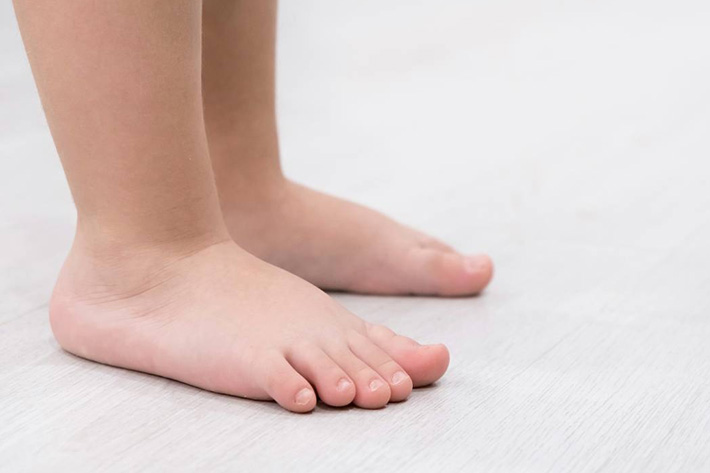Pediatric flat foot and accessory navicular syndrome are two separate conditions that can occur in children, but they may coexist in some cases. Let’s discuss the management options for each condition:
1. Pediatric Flat Foot:
Pediatric flat foot, also known as pes planus, refers to a condition in which the arch of the foot is reduced or absent. In most cases, pediatric flat foot is a normal variation of foot development and does not cause any symptoms or functional problems. However, if the child experiences pain, difficulty walking, or other issues, management options may be considered:
- Observation: If the child does not experience any symptoms or functional problems, no treatment may be necessary. Regular observation and reassurance may be sufficient.
- Supportive footwear: Providing the child with well-fitted, supportive shoes can help alleviate any discomfort and provide stability.
- Orthotic devices: Custom-made or over-the-counter shoe inserts (orthotics) can help support the arch and provide additional cushioning and stability.
- Physical therapy: Specific stretching and strengthening exercises may be recommended by a physical therapist to improve foot function and reduce discomfort.
- Weight management: If the child is overweight, maintaining a healthy weight can help reduce stress on the feet.
2. Accessory Navicular Syndrome:
Accessory navicular syndrome refers to a condition in which an extra bone (accessory navicular) is present on the inner side of the foot, near the arch. This condition can cause pain and discomfort, especially with activities that involve the foot’s arch. Management options for accessory navicular syndrome may include:
- Conservative measures: Non-surgical approaches are usually the first line of treatment.
- Rest and activity modification: Reducing or avoiding activities that exacerbate the symptoms.
- Immobilization: Temporary use of a cast or walking boot to allow the foot to heal.
- Medications: Non-steroidal anti-inflammatory drugs (NSAIDs) can help reduce pain and inflammation.
- Physical therapy: Stretching and strengthening exercises, as well as techniques to improve foot mechanics, may be prescribed.
- Orthotic devices: Custom-made or over-the-counter shoe inserts (orthotics) can help support the foot and relieve pressure on the accessory navicular.
- Surgical intervention: If conservative measures do not provide adequate relief, surgical intervention may be considered. The surgery typically involves removing the accessory navicular bone and addressing any associated soft tissue abnormalities.
It is important to consult with a healthcare professional, such as a pediatrician or orthopedic specialist, to evaluate the child’s specific condition and determine the most appropriate management options.





